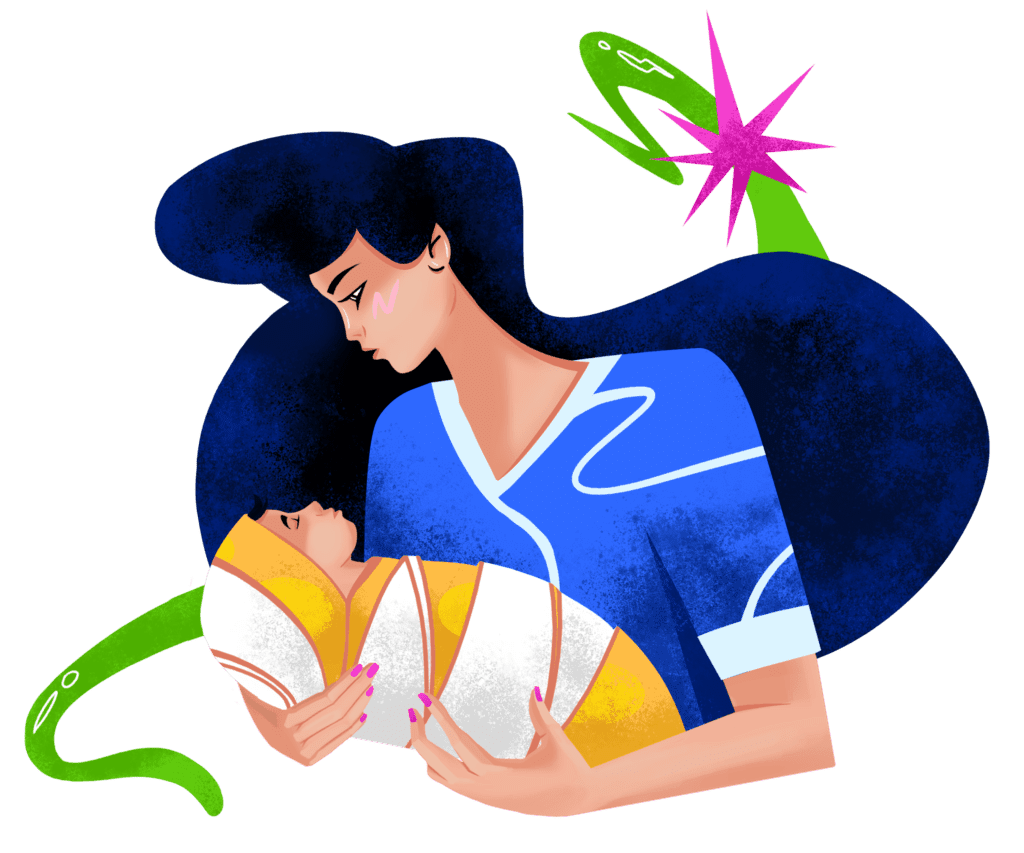The “Strange Situation” experiment is a landmark study conducted by psychologist Mary Ainsworth in the 1960s. This research method has been instrumental in understanding the connection between children and their caregivers, shedding light on the various attachment styles and their implications for later relationships.
The Setup
The Strange Situation experiment involves observing the behavior of toddlers and young children (typically aged 12-18 months) in a controlled environment. The setting includes a room with toys where the child and caregiver spend time together. The procedure includes a series of separations and reunions to assess the child’s responses to the caregiver’s departure and return. These separations and reunions help researchers categorize the child’s attachment style into one of the following categories:
- Secure Attachment: Children with secure attachment explore the room confidently when the caregiver is present, get upset when the caregiver leaves, and seek comfort and are easily soothed upon their return. They trust their caregiver to be a secure base for exploration.
- Anxious-Preoccupied Attachment: Children displaying anxious-preoccupied attachment are often clingy and anxious even when the caregiver is present. They become highly distressed when the caregiver leaves and may be difficult to soothe upon reunion.
- Avoidant Attachment: Children with avoidant attachment tend to avoid or ignore the caregiver, showing little emotional response when the caregiver departs or returns. They may appear indifferent to the caregiver’s presence or absence.
- Disorganized Attachment: Children with disorganized attachment exhibit erratic and unpredictable behavior. They may display contradictory responses, such as approaching the caregiver but then freezing or backing away in fear. Disorganized attachment is often linked to inconsistent caregiving and may indicate unresolved trauma.

Implications for Relationships
The findings from the Strange Situation experiment have far-reaching implications for adult relationships. Children who experience secure attachment are more likely to form stable, trusting relationships in adulthood. They tend to be more resilient, empathetic, and capable of forming deep emotional bonds.
On the other hand, individuals with anxious or avoidant attachment styles may face challenges in their relationships. Anxiously attached adults may exhibit clinginess and fear of abandonment, while avoidant adults may struggle with emotional intimacy and commitment.
Healing and Growth
Recognizing one’s attachment style is the first step toward healing and personal growth. Therapy, self-reflection, and open communication can help individuals with insecure attachment styles work through past traumas, build self-esteem, and develop healthier relationship patterns.
In conclusion, the Strange Situation experiment remains a pivotal study in the field of psychology, providing valuable insights into the early dynamics of attachment and its enduring impact on human relationships. By understanding our attachment styles and the root causes behind them, we can embark on a journey of self-discovery and cultivate more fulfilling and harmonious connections with others.
Ready to begin? Start your online therapy journey today. Book your first session now.




